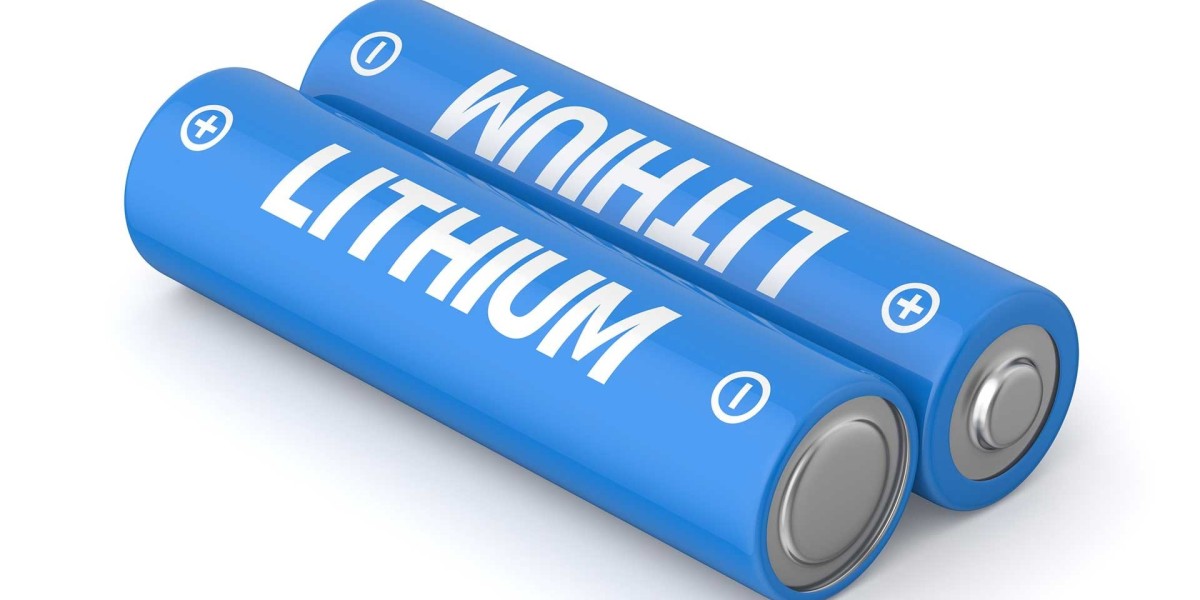In the pursuit of radiant and youthful skin, the realm of dermatological treatments has witnessed remarkable advancements. Among these, derma peels have gained immense popularity for their ability to rejuvenate and enhance skin texture. Within the spectrum of derma peels, two distinct categories stand out—Deep and Superficial Derma Peels. In this comprehensive guide, we will delve into the depths of these treatments, exploring their definitions, differences, and the transformative effects they offer.
Understanding Derma Peels:
Derma peels, also known as chemical peels, are cosmetic treatments designed to exfoliate the skin, removing damaged outer layers to reveal smoother, more youthful skin underneath. These peels employ chemical solutions that induce controlled skin shedding and stimulate collagen production, addressing a variety of skin concerns.
1.Superficial Derma Peels:
Superficial derma peels, often referred to as light or lunchtime peels, target the outermost layer of the skin, the epidermis. These peels use milder acids, such as alpha hydroxy acids (AHAs) or beta hydroxy acids (BHAs), to gently exfoliate the skin.
Ideal Candidates:
Superficial peels are suitable for individuals with mild skin imperfections, fine lines, and superficial blemishes. They are also recommended for those seeking a quick rejuvenation with minimal downtime.
Key Benefits:
Improved skin texture and tone.
Reduction of fine lines and superficial wrinkles.
Treatment of mild acne scars and pigmentation issues.
Minimal downtime, allowing for an immediate return to daily activities.
2.Deep Derma Peels:
Deep derma peels penetrate beyond the epidermis into the middle layer of the skin, the dermis. These peels typically utilize stronger acids, such as trichloroacetic acid (TCA) or phenol, to address more significant skin concerns.
Ideal Candidates:
Deep peels are recommended for individuals with moderate to severe skin imperfections, deep wrinkles, sun damage, and prominent acne scars. This treatment requires careful consideration and is often suitable for those with fairer skin tones.
Key Benefits:
Dramatic reduction in deep wrinkles and fine lines.
Treatment of severe sun damage and pigmentation issues.
Significant improvement in skin elasticity and firmness.
Long-lasting results, but with a more extended recovery period.
Choosing the Right Peel:
The choice between deep and superficial derma peels depends on individual skin concerns, downtime tolerance, and desired results. Consulting with a qualified dermatologist is crucial to determine the most appropriate treatment for your unique skin profile.
Conclusion:
In the world of derma peels, understanding the nuances between deep and superficial treatments is essential for making informed decisions about skincare. Whether opting for a quick refresh with a superficial peel or seeking a profound transformation with a deep peel, the key lies in personalized consultations and expert guidance. Embrace the journey to radiant skin, exploring the depths that derma peels have to offer.
FAQ's
Q1: What is the main difference between deep and superficial derma peels?
Deep derma peels penetrate deeper layers of the skin, addressing more severe issues, while superficial peels work on the outermost layer, providing a milder treatment.
Q2: Which skin concerns are better addressed with deep derma peels?
Deep peels are effective for treating deep wrinkles, acne scars, and hyperpigmentation, targeting more significant skin concerns.
Q3: What are the primary benefits of superficial derma peels?
Superficial peels are great for improving skin texture, reducing fine lines, and treating mild pigmentation issues without significant downtime.
Q4: Is there a notable difference in recovery time between deep and superficial peels?
Yes, deep peels generally require a more extended recovery period due to the deeper penetration, while superficial peels involve minimal downtime.
Q5: Can deep derma peels be performed at home like superficial peels?
Deep peels are typically performed by professionals in a clinical setting, while superficial peels may have at-home options, but professional application is recommended for optimal results.
Q6: Are there any specific skin types that benefit more from deep or superficial derma peels?
Deep peels may be more suitable for individuals with severe skin issues, while superficial peels are generally safe for a wider range of skin types, including sensitive skin.
Q7: How often can one undergo deep or superficial derma peels?
Deep peels are usually done less frequently, with longer intervals between sessions, while superficial peels may be done more regularly, depending on the specific peel and skin condition.








